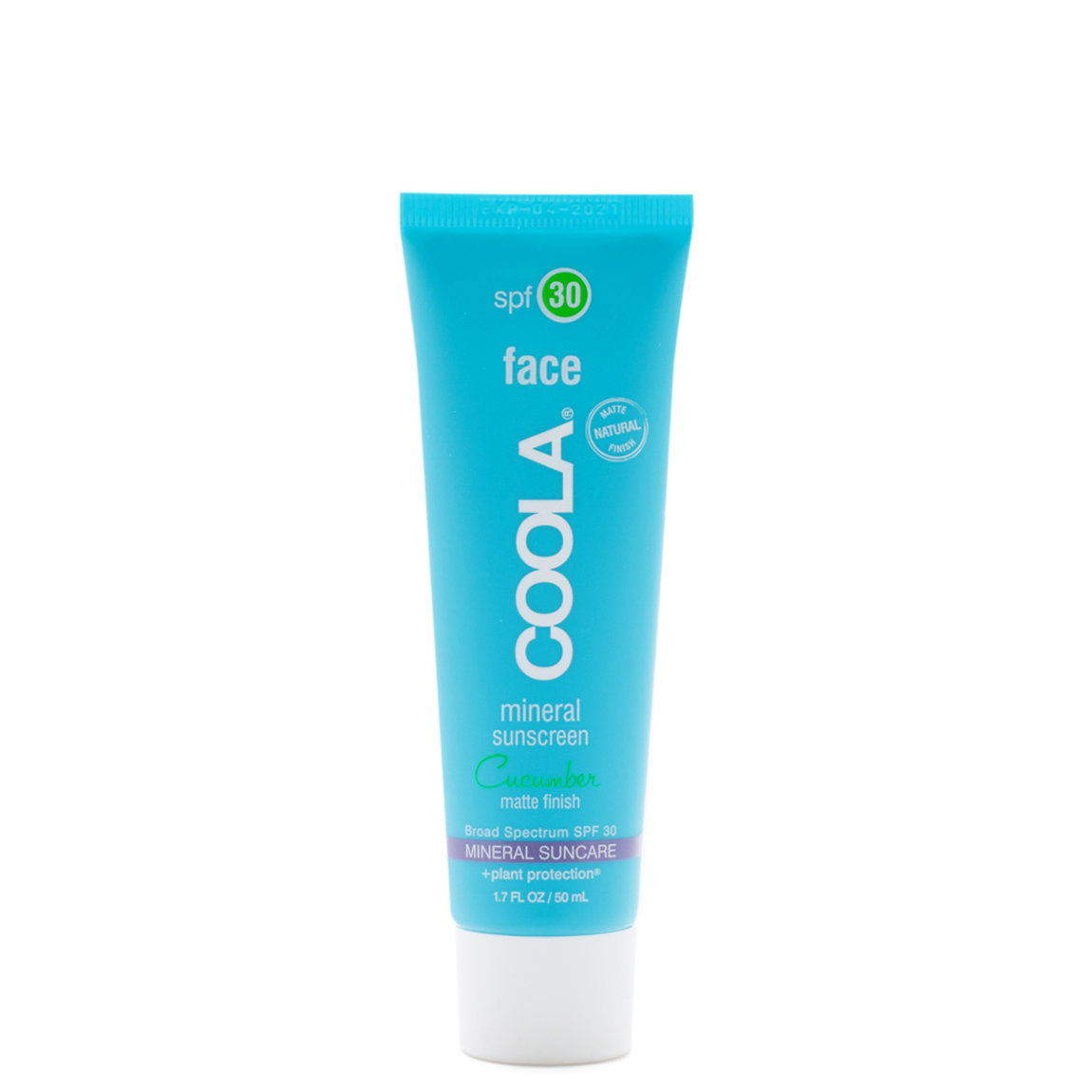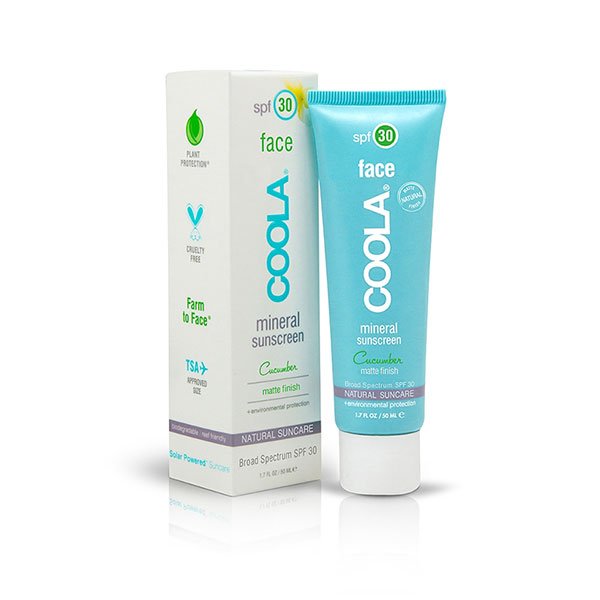
#Coola mineral face sunscreen skin
When the outermost layer of the skin has the moisture it needs, it can more effectively defend against toxins and carry nutrients to the skin's cells. Moisturizing creams and lotions help support and restore the skin's barrier, improving overall texture and softness. Of course, wearing sunscreen is a no-brainer, but if you need a quick refresher-using SPF (even on cloudy days) is vital to help protect us from the sun's damaging harmful UV rays, which can lead to skin cancer, discoloration, and aging over time. So let’s start with moisture-keeping your skin hydrated allows it to work properly. We all know that our skin needs both moisture and SPF protection-they are essential to keeping your skin healthy.
#Coola mineral face sunscreen how to
So, where does sunscreen fit into my routine? How to Navigate the Moisturizer & Sunscreen Ritual In this article, we'll break down the right way to incorporate sun protection into your skincare routine, along with tips for how to simplify your regimen while maximizing results for healthy, protected skin. So, again, it all comes down to reading the ingredients.Keeping a consistent skincare routine is essential for a healthy complexion, but did you know that the order in which you apply your products can help maximize results? From layering serums to applying sunscreen, order matters. Note: None of these ingredients are bad for you (they're often there to make a product apply better, last longer, feel smoother, etc.), but this can still be confusing to consumers looking to avoid chemical sunscreen. "A product may have titanium dioxide and zinc oxide as its active SPF filter, which is natural, but then have preservatives, thickeners, and other chemicals that make the product in its entirety not natural," she says. It is essential to distinguish between a natural SPF filter and a natural SPF product, explains Gohara. However, if the "products have titanium dioxide and zinc oxide in addition to a fragrance, preservatives, sensory modifiers, thickeners, etc., the marketing claims get a little murky," she says.

"Titanium dioxide and zinc oxide are naturally occurring minerals, so if a sunscreen is pure titanium dioxide and zinc oxide, then it is indeed natural," says Dr. Yes, sunscreen can actually be organic or, in other words, natural. Our top picks for the best natural sunscreens in 2022: But because I know you don’t have time for that while standing in the skincare aisle at the drugstore, I did it for you: I found the best organic, natural, and clean beauty sunscreens-all mineral sunscreen formulas-to make sun protection easy for you.īut because the whole clean-beauty world is confusing, especially when it comes to organic and natural SPF, I also spoke to a board-certified dermatologist Mona Gohara, MD, and plastic surgeon Alexis Parcells, MD, to explain exactly what organic sunscreen is and how to find the best one for your skin type. (YUP, clean beauty has a misinformation problem!) So how do you know what’s actually organic or natural when it comes to sunscreen? You need to flip the bottle over and read the ingredients.

Okay, let’s discuss something first: Terms like “organic” and “natural” are not regulated by the FDA, which means that big ol’ “organic” stamp on your sunscreen label is pretty much meaningless.


 0 kommentar(er)
0 kommentar(er)
